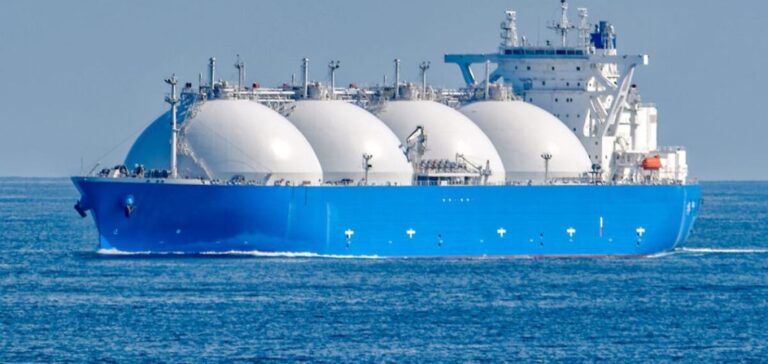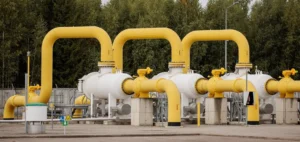Commonwealth LNG has announced that it has reached two key regulatory milestones in the development of its liquefied natural gas (LNG) export terminal in Cameron Parish, Louisiana. The company has received a conditional non-FTA export authorization from the U.S. Department of Energy (DOE) as well as a draft Supplemental Environmental Impact Statement (SEIS) issued by the Federal Energy Regulatory Commission (FERC).
Final investment decision scheduled for 2025
According to Commonwealth LNG, obtaining these regulatory approvals is a decisive step ahead of the issuance of a final decision by FERC, expected in July 2025. Following this approval and the DOE’s final authorization, the company plans to make a final investment decision (FID) in September 2025. If this timeline is met, the first LNG exports are expected in the first quarter of 2029.
A large-scale project for the energy industry
The Commonwealth LNG project involves the construction of a facility with a production capacity of 9.5 million tonnes of LNG per year. This initiative aligns with the U.S. strategy to expand LNG export infrastructure to strengthen the energy security of its international partners.
Economic impact and employment
The total investment in the project is estimated at approximately $11 billion, with potential export revenues of $3.5 billion per year once operational. During the construction phase, up to 2,000 workers will be employed on-site, and 270 permanent jobs will be created after the plant begins operations.
Outlook and next steps
The next major step for Commonwealth LNG depends on securing a favorable final opinion from FERC, followed by the DOE’s final approval. The completion of these regulatory processes will be crucial in advancing this project and integrating it into the growing U.S. LNG export capacity.






















